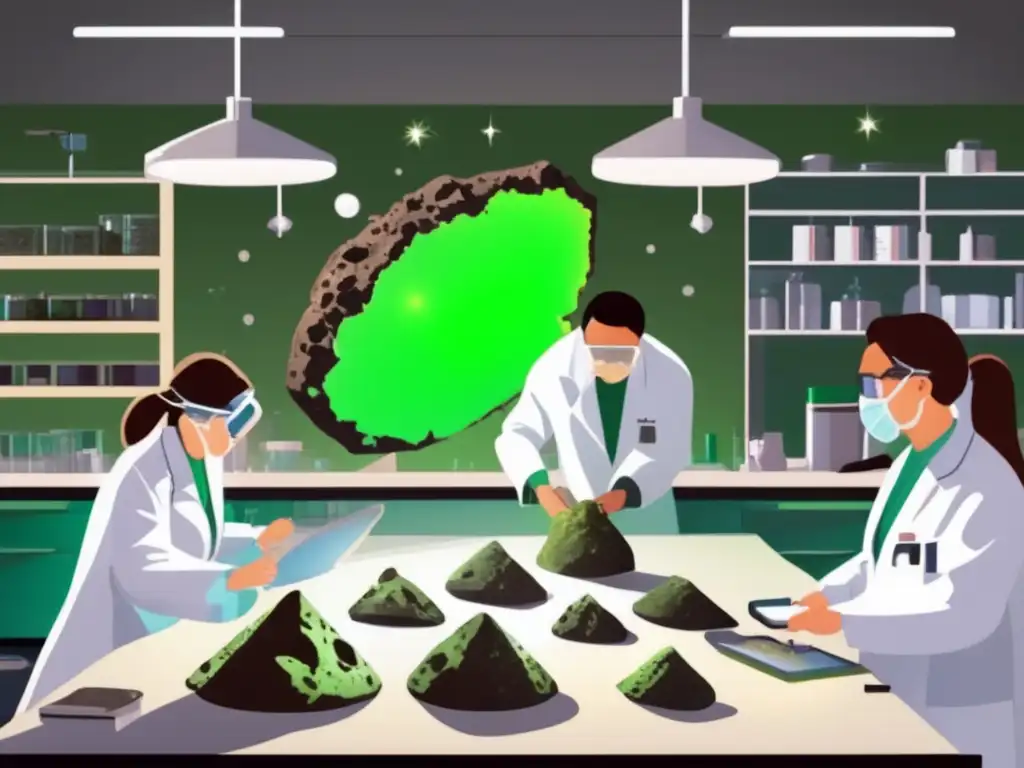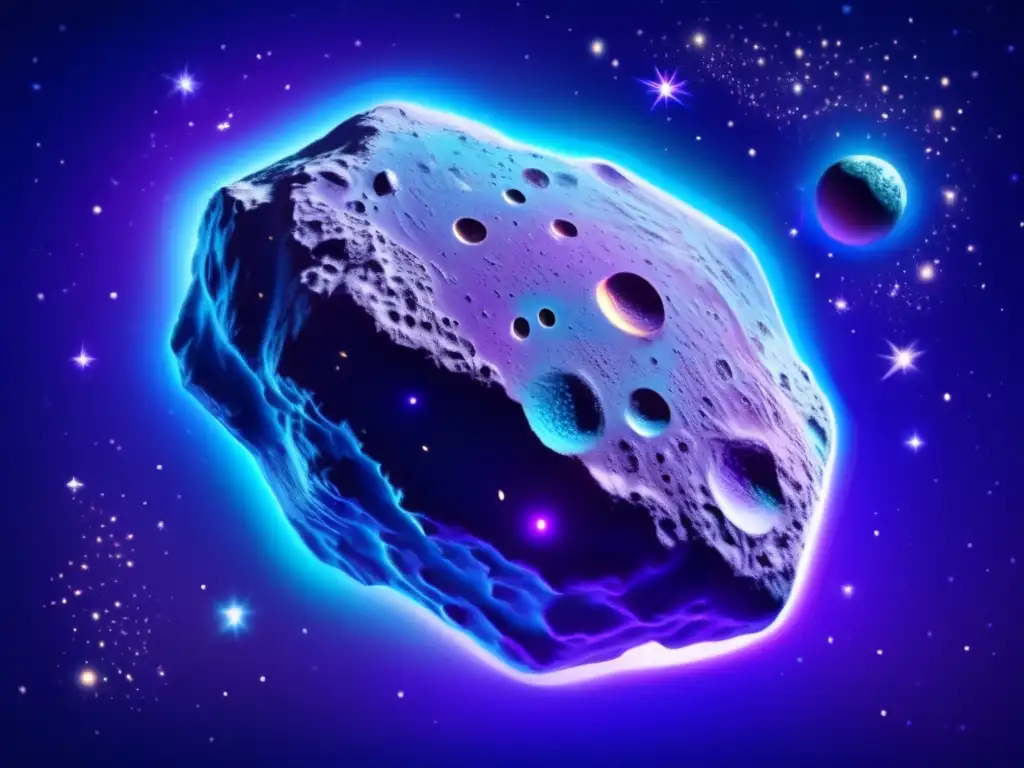Hebe: A Source Of Meteorites? – Understanding Its Scientific Relevance

Introduction
Hebe is an asteroid located between Mars and Jupiter in the Asteroid Belt, discovered by astronomer Karl Ludwig Harding on July 1, 1847. It is named after the Greek goddess of youth, Hebe. With a diameter of about 186 kilometers, it is one of the larger objects in the asteroid belt. In this article, we will explore Hebe's significance as a source of meteorites and the scientific interest it has garnered among researchers.
Hebe's Composition and Significance

Hebe's Physical Characteristics
Hebe has a rocky surface and a moderately high albedo, meaning that it reflects a significant amount of sunlight. Its composition is mostly stony, with some metallic elements. Its spectrum suggests that it is an S-type asteroid, which indicates a composition of silicate rocks and metal.
Hebe as a Source of Meteorites
Hebe has been identified as the parent body of the H chondrite meteorite group, which is one of the most common types of meteorite found on Earth. These meteorites are believed to have originated from the breakup of Hebe due to a collision with another asteroid around 3.7 billion years ago. The H chondrites are important because they contain both rocky and metallic components, giving insight into the formation of the solar system.
Scientific Interest in Hebe
Scientists have shown a keen interest in studying Hebe due to its composition and the fact that it is a source of H chondrite meteorites. In 2018, NASA's Dawn spacecraft visited Hebe as part of its mission to study the objects in the asteroid belt. The spacecraft was able to collect data on Hebe's composition and physical characteristics, helping scientists better understand the asteroid's structure and formation.
Hebe's Impact on the Scientific Community

New Insights into the Formation of the Solar System
Studying Hebe and the meteorites it produces has provided valuable insights into the formation of the solar system. By analyzing the composition of H chondrites, scientists have been able to determine that they formed relatively close to the sun and not in the outer reaches of the solar system. This suggests that the early solar system experienced a period of mixing, where objects from different regions of the solar system collided and exchanged material.
Possible Origins of Life on Earth
One of the most exciting aspects of studying asteroids like Hebe is the potential insights they can provide into the origin of life on Earth. Some researchers believe that the water and organic molecules found on certain types of meteorites could have played a role in the development of life on our planet. By studying the composition of these meteorites, scientists hope to gain a better understanding of how life on Earth came to be.
Frequently Asked Questions

-
What is Hebe?
Hebe is an asteroid located in the Asteroid Belt between Mars and Jupiter.
-
Why is Hebe significant?
Hebe is significant because it is the parent body of the H chondrite meteorite group, providing valuable insights into the formation of the solar system.
-
What are H chondrites?
H chondrites are a type of meteorite that originated from the breakup of Hebe around 3.7 billion years ago.
-
What has the study of Hebe revealed about the formation of the solar system?
By studying Hebe and H chondrites, scientists have been able to determine that the early solar system experienced a period of mixing. This suggests that objects from different regions of the solar system collided and exchanged material.
-
What insights can studying Hebe provide into the origin of life on Earth?
Some researchers believe that the water and organic molecules found on certain types of meteorites could have played a role in the development of life on our planet. By studying the composition of these meteorites, scientists hope to gain a better understanding of how life on Earth came to be.
Conclusion
In conclusion, Hebe is a significant asteroid that has provided valuable insights into the formation of the solar system and the potential origins of life on Earth. Its composition and role as a source of H chondrite meteorites have sparked scientific interest and research. By studying Hebe and its meteorites, scientists hope to continue unraveling the mysteries of our solar system and the universe at large.
We hope this article has provided a comprehensive understanding of Hebe's scientific relevance and the impact it has had on the scientific community. We encourage our readers to share their thoughts in the comments section and actively engage with www.asteroidrealm.com by subscribing, sharing the article on social networks, or other forms of participation. Thank you for reading.
Additional Resources

- NASA Solar System Exploration - Hebe
- Science Direct - The H Chondrite Signature of Asteroid (6) Hebe
- Space.com - Asteroid Hebe Turns Out to be Easy NASA Target
 Kalliope And Linus: An Asteroid And Its Moon
Kalliope And Linus: An Asteroid And Its Moon An Examination Of Borrelly: A Comet-Like Asteroid
An Examination Of Borrelly: A Comet-Like Asteroid The Unusual Spin Of Asteroid Kleopatra
The Unusual Spin Of Asteroid KleopatraIf you want to discover more articles similar to Hebe: A Source Of Meteorites? – Understanding Its Scientific Relevance, you can visit the Asteroid Profiles category.
Leave a Reply

Articulos relacionados: